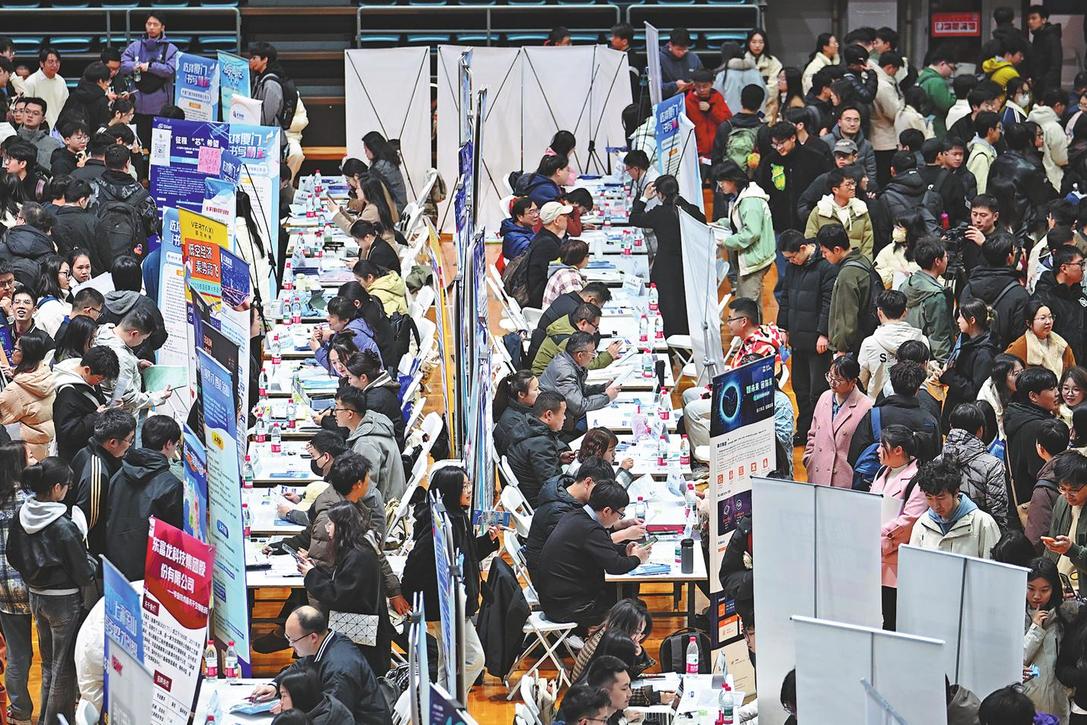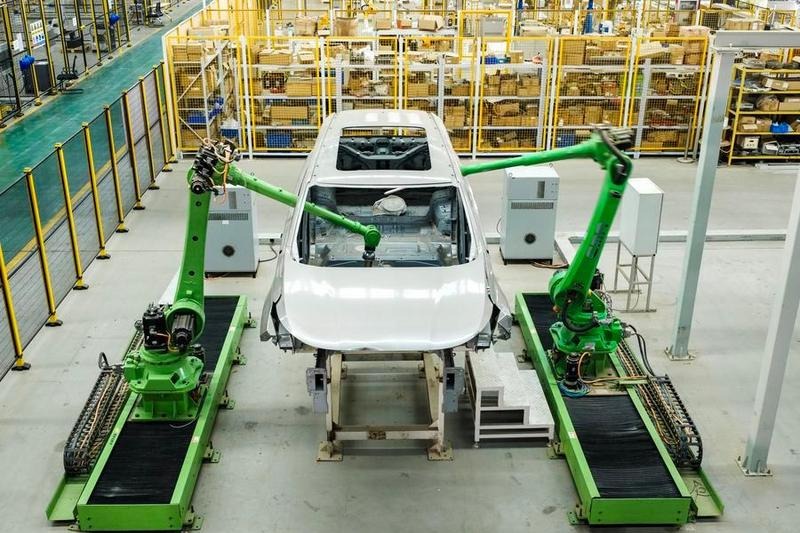Digital integration boosts sector progress

A major tea-producing area in Southwest China's Sichuan province, Wangcang county in Guangyuan city, has embraced technology within tea planting and production, leveraging digital advancements to enhance output, increase farmers' income, and boost profits for related enterprises.
As spring arrives and temperatures warm up in March, the tea harvesting season commences, with tea farmers in Sanhe village, Mumen town, diligently preparing for the harvest.
The county has implemented a data platform to offer robust technical support for the growth of tea farmers and businesses.
"In the past, tea cultivation relied on traditional methods. Now, with the integration of high-tech tools such as the intelligent platform, pest monitoring stations, and soil moisture monitoring, we have gained more scientific assurances and confidence for tea production and management," said Shi Yiliang, a member of the Longshan village tea cooperative in Mumen.
These cutting-edge facilities have been deployed across all major tea parks in Wangcang, monitoring realtime data on climate, soil conditions, and tea growth across 16,667 hectares of the county's tea plantations. Through terminal operations, full-cycle scientific data can be accessed, offering precise support for tea management, production, processing, and cultivation planning.
"We leverage big data, the internet of things, and intelligent tools to visualize the entire tea industry chain," said Ren Yong, deputy director of the Wangcang tea industry technology research institute.
"By harnessing data, we deliver efficient services to government agencies, tea farmers and consumers, optimizing planting management, production processing and product traceability, and meeting customer demands," Ren noted.
Recognizing that technological innovation is pivotal for industry progress, Sichuan Micangshan Tea Group, a prominent tea enterprise in Wangcang, has adopted automated tea production lines. This year, the group's processing plant in Wangcang's Sanjiang town aims to handle around 30 percent of the county's spring tea production tasks.
"Our plant currently operates three production lines, with an annual processing capacity of 3,000 metric tons," said He Duoxi, the plant manager.
In addition to advancing processing technologies, the plant has diversified its product development approach. "We not only produce yellow, green and black tea but have introduced technology for dark tea production, creating a range of products like brick tea and mini tea cakes to expand tea farmers' summer and autumn production channels," He added.


Today's Top News
- UN envoy calls on Japan to retract Taiwan comments
- Innovation to give edge in frontier sectors
- Sanctions on Japan's former senior official announced
- Xi stresses importance of raising minors' moral standards
- Coordinated reform key to country's growth
- Shandong gives new life to traditions






























